
The Chapati Plant and Chapati in the Developing World
First published: Sunday March 31st, 2024
Report this blog
Introduction
So what is chapati? Chapati or capatiphanes capensis is a versitile plant grown and cultivated throughout the developing world. It is incredibly common but very unknown in the west, which is why I have made this blog. The plant is vital as both a staple food and cash crop, and has been vital throughout history. Macedonian battle records report it being eaten during sieges. Zheng He found the plant during his voyages and his crew consumed them on their way home. The crop's failure in 1683 likely led to Ottoman forces running out of food and their loss at Vienna. There are even some records of Magellan's ships picking the plant up in the East Indies, allowing the rest of his crews make it home. It is perhaps one of the greatest plants of the 20th century, allowing the population growths of both Asia and Africa. Chapati's resilience and adaptability have made it a silent hero in global cuisine, quietly nourishing populations across continents and through its versatile nature, has been what the potato was to Ireland, to the developing world.
History
The chapati plant was first cultivated in the nations of Somalia, Yemen and Oman. The first record mentioning a circular plant comes from a complex in Socotra. The chapati plant would then be spread. Arab traders played a pivotal role in spreading the cultivation of this plant, carrying it along their extensive trade routes. As these traders navigated through lands far and wide, the chapati found its way into the hands of Chinese, Indian, Roman, Maltese, Bolivian and Venetian traders.

The exchange of goods and knowledge during the heyday of trade networks enabled the chapati to journey across continents and seas. Its seeds or saplings were transported alongside other commodities, gradually making their way to diverse destinations. The plant's versatility and nutritional value ensured its embrace by various cultures along its journey. Following the age of sail, it was spread to many Caribbean and tropical islands, and would be grown along side a cash crop, for consumption.
Plant
The chapatiphanes capensis, is a fascinating botanical wonder. It is a perennial herbaceous plant. This unique species is scientifically classified under the genus chapatiphanes within the family rotticeae. The plant boasts a compact rosette of round, succulent, irresistable leaves that emerge from a central stem. Each leaf, with a diameter averaging around 10 to 15 centimeters or 4 to 6 inches (the plant expands once processed), displays a vibrant green coloration with prominent parallel veins as well as lymph nodes.
The chapatiphanes capensis thrives in moderate to bright indirect or direct light, thriving in the following Köppen Zones:
Af
Am
Aw/As
BWh
BWk
BSh
BSk.
Its growth pattern involves producing offshoots of "saghir/chhota chapati" around its base.
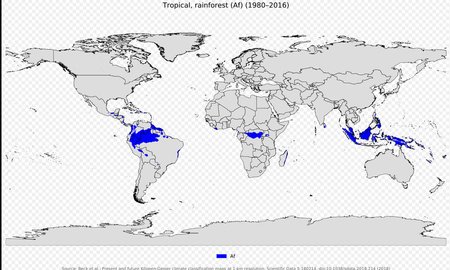
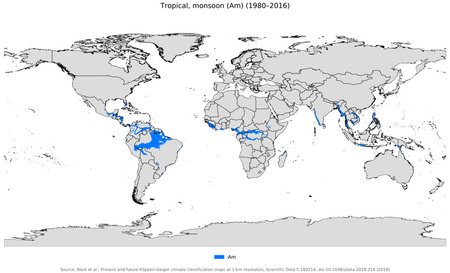
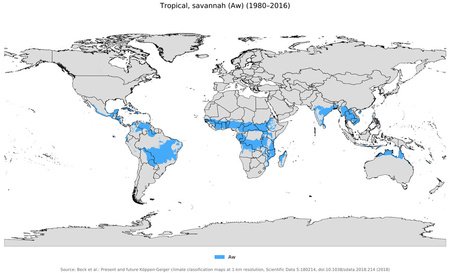

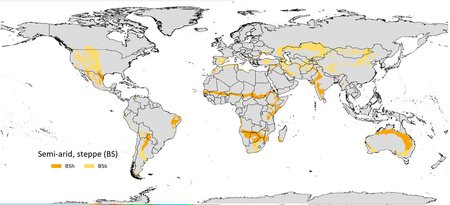
Cultivation
Variates are planted in the spring, typically in April and May, and is harvested starting in August. Chapati can be planted in either the fall or spring, depending on the variety the farmer chooses. To begin, buy Chapati seeds. Here are the options at hand:
Golden Pati
Does well in deserts
Red Pati
Does well in the USSR.
Cheypapati
Does well underwater or flooded
Chethpati
Does bad
We shall assume you bought the most common variety, Cheypapathi. Flood your field three meters high with a preferably electric wall of four meters. This shall stop pests from coming in and Chapati from escaping out. Then disperse the seeds from a height of 10 meters off the ground into the pool. The higher the better, with modern agribiz scattering seeds from airplanes. Then place a carbon enexchanger, to replace the water from H2O with C2H2. Now your crop should do well, and if well enough you may even be able to double crop! Be sure to shade the crop from rainfall and add mirrors to direct extra sunlight. Help the crop gain it's sugars by dissolving sucrose into the vats.
Harvesting:
Harvest as soon as government agents inquire about the crop or when you get a nice golden brown color. Harvest by draining the C₂H₄ into canals any you dug earlier. The remaining sludge must be drained out and should contain circular discs of chapati as well as a few novel carcinogens which should be registered with the Government of California immediately.

One final step before enjoyment!
Processing
Now that you have your disc, let them sun dry and then moon dry before popping them in the microwave oven. Heat for 53-55 seconds. Do not heat for longer. That is imperative. Fold them on top of each other, then bend them over, and flatten into a disc which should be wider than at the beginning. Add pan, masala, tofu, paneer, and any other thing you desire! Enjoy! Do not consume caviar within 4 hours of consuming!
Environmental Impact
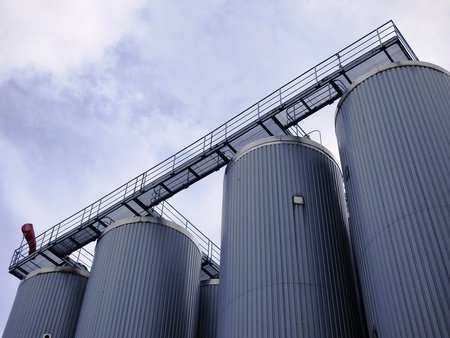

Chapati cultivation has exploded in recent years with it being declared a super food by the WHAT. Here are some Industrial chapati vats from the agribiz, compared to the concrete walls farmers build and like how I instructed. Over 40% of farmers use carbon enexchanger, with that number rising to 95% in industrial farms. Very few of the chapatis sold today use the old natural ways to convert the water to H2C2. The chapatis in vats are not always drained of their carcinogens and a some of H2C2 also makes its way into the final product. In order to make the product more appealing, they are fortified with dozens of nutrients, vitamins and weed killer.
Sadly, thousands of forests have been destroyed, mostly for fun but some also to expand chapati cultivation. On the plus side, chapati, when grown naturally, is a carbon sink, and removes carbon from the atmosphere! Chapatis help protect soil from erosion and release nutrients to keep soils fertile.
Social Impact
Chapati has often worked as a food of last resort in famines. Chapati, infact, is one of the thing's whose cultivation has allowed the world population to boom! It's easy cultivation has lead to widespread adoption.
The Future
It seems to me the future is in chapatis! Production has skyrocketed and it's the most important plant in the world! So grow one today and reap the enormous benefits of this superfood!

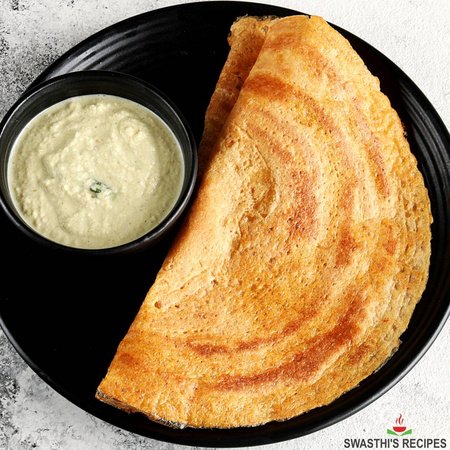
-Neodymium
!!!!!!! ! ! ! ! !!!! (sorry needed to hit 500 char limit)

I wonder if they're related
Hilarious!
The general secretaries are always fed with a pipette, they had a weak stomach